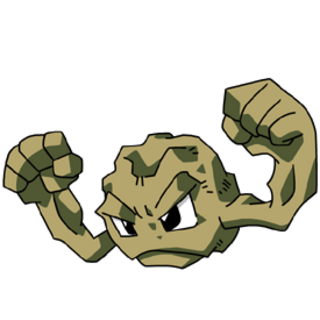Titled the “law of increasing functional information,” it holds that evolving systems, biological and non-biological, always form from numerous interacting building blocks like atoms or cells, and that processes exist - such as cellular mutation - that generate many different configurations. Evolution occurs, it holds, when these various configurations are subject to selection for useful functions.
It seems difficult to believe that this is as revolutionary as the theory of evolution. Does anyone know if there is any more “meat” to this theory?
I feel like that is basic evolutionary theory. Maybe I should actually RTFA…
Oh, I see. They’re just saying that non biological systems are also subject to evolutionary forces, which feels pretty junk science-y to me. Maybe it’s just that humans could only evolve in a system that allowed it.
Well if you subject anything to selective pressures there will be always something that resists and the rest will be annihilated. Or it will be all destroyed.
Hear, hear, the latest news.
In an unexpected twist chemical mutations are not exclusive to the cells of living creatures.
Is it accounting for how life itself would have developed in the first place from non-biological systems, a sort of counter to Creationism?
Even when reading the paper there was very very little meat. It’s conjecture built upon conjecture but very little of it seems to stand on its own for me. It’s another theoretical framework that is nice to write about but doesn’t actually even try to explain much.
Their argument seems to be that there is selection working on everything to increase complexity. Even cursorily there seems to be major problems with such a conjecture. They feel to me like they confuse persistence with drive.
A thing that lasts longer is more likely to be observed by someone born at a random point in time. This is persistence. This doesn’t mean that things try to get to a state where they last longer, particularly not chemical structures!
This reminds me a lot of that assembly theory paper that came out a week or so ago and was (in my opinion deservedly) battered by most reputable evolutionary biologists.
I thought they defined persistence as literally the length of time an entity exists. There are many ways to persis under their model.
For non biological systems, it’s about being in a energetically favorable state for the environment. For example, while many chemicals will form and break down quickly as their environment changes, with form more stable structures that persist through the shifting environments. These structures are selected for as the basis of potentially new reactions and chemicals.
I haven’t given chemistry much thought, but the idea holds pretty well for biological systems.
Ultimately, you’re right this is totally a thought piece. However, it’s great discussion material.
Look at a close up of moss. It looks like a forest.
Further,
Look at cells, just groups of proteins. Look at organs, just groups of cells. Look at organisms. Just groups of organs. Look at societies, just groups of organisms. Each step is constituted of building blocks of another. The universe is a self organizing system of complexity. I’ve bored my friends with this theory under the influence of THC but I finally feel vindicated.
When folks conflate a scientific law with a scientific theory. Theories are scientific explanations about why things happen. Laws are descriptions, that don’t provide explanation.
That’s not a distinction generally used by scientists.
Newton’s laws of motion and Einstein’s theory of special relativity are both sets of equations that describe motion, but they do not explain why gravity obeys an inverse square law, why c is invariant, etc.
In contrast, Gause’s law of competitive exclusion and Darwin’s theory of natural selection both explain population distributions in nature.
its all fractals, isnt it
deleted by creator
You see, there are these jars. Inside these jars are these brains. And the jars are floating in space.
Damn you Boltzmann
Wake up, babe. Evolution 2.0 just dropped.
Is it just:
-
A species with certain traits is more likely to persist in a their environment.
-
Some elements / forces with certain traits are more likely to persist in their environment. (Eg more stable atom configurations etc)
I thought everyone was already on board with that.
The most stable configuration would be the heat death of the universe, which will then be around the longest eventually.
INSUFFICIENT DATA FOR A MEANINGFUL ANSWER
-
It will never make it out of the House of Representatives.
Republicans are anti-science anyway.
deleted by creator




